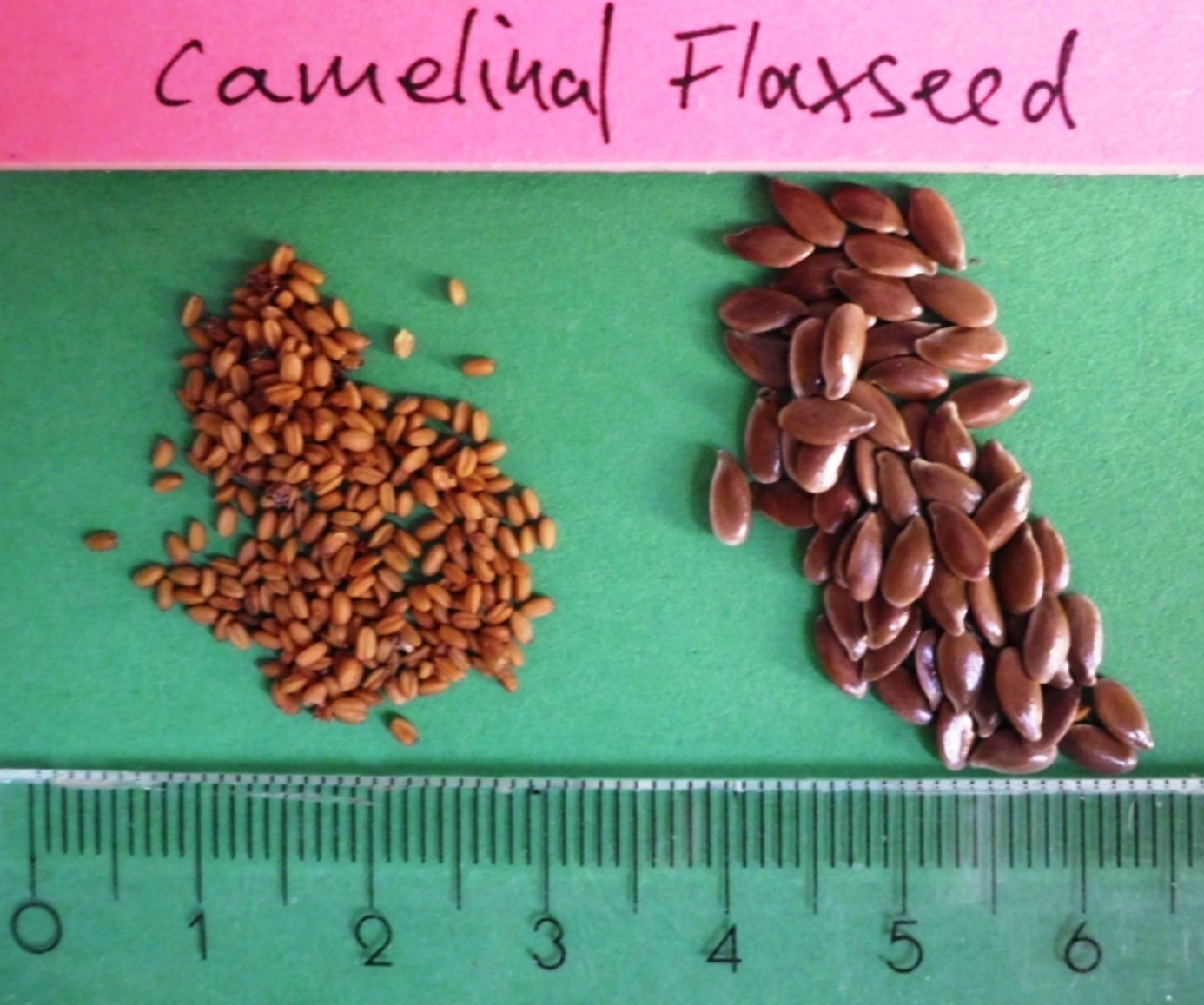EcoInn Danube - Camelina – a promising plant for Europe´s bio-based economy
06-08-2018
2018 summer temperatures mercilessly heat up the need for reducing greenhouse gas emission. For the chemical industry a displacement of fossil-based products with bio-based surrogates still seems a vision, although European policy does increase its efforts towards a low-emission bioeconomy. The displacement will be most efficient if “eco”-alternative oils can be obtained at an acceptable price, reproducible quality and supply security. Europe´s hope lies in oil-rich plants with high stress resistance, high yields and modest growth requirements. As demonstrated in a current Horizon2020 project, called COSMOS (Camelina & crambe Oil crops as Sources for Medium-chain Oils), camelina (Camelina sativa) meets all those requirements. This fast-growing crop (life cycle 90 days) produces seeds with superior lipid contents/ lipid composition, it barely needs irrigation and – in addition - benefits subsequent crops in dual cropping systems. The natural high levels of antioxidants in seeds prevent lipid oxidation (rancidity); otherwise a quality-limiting concern in plant oils (e.g flaxseed, rapeseed, sunflower).
Usage of camelina for biofuel production would be a real waste. Its oil-rich seeds are better invested as starting material in the chemical industry, for biorefinery and food applications; see also [https://doi.org/10.1051/ocl/2016021 ] for a comprehensive review on pros and cons of camelina in Europe.
One key advantage is the plant´s adaptability to marginal, otherwise abandoned land; camelina cultivation thus evades competition with food crops. The fact that lipid content largely increases under low-nitrogen application could furthermore help preventing overfertilization-practises in agriculture.
Danube region countries are well-suited for Camelina cultivation; the comparatively high seed yields (data exist for Austria and Romania), app. 2 tons/hectare will hopefully convince farmers to enter new territory.
References
http://cosmos-h2020.eu/review/camelina-and-crambe-a-blessing-for-europe-4/
Righini, Daria & Zanetti, Federica & Monti, Andrea. (2016). The bio-based economy can serve as the springboard for camelina and crambe to quit the limbo. OCL. 23. 10.1051/ocl/2016021.

Seeds of Camelina sativa and -for comparison- Linum usitatissimum. Both species are oil-rich and have average harvest yields of app. 2tons/ha.
Photo provided by PP Economica
